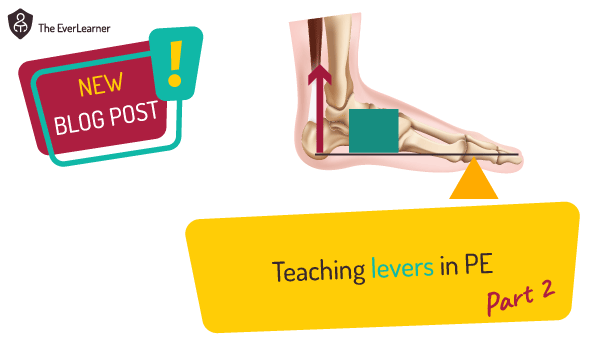Bin the babies! How to teach axes properly.
Welcome to my blog. Throughout this piece, I am going to be using the language of the AQA axes.
Here’s a table of principal axis key terms to help teachers of other boards translate my terminology:
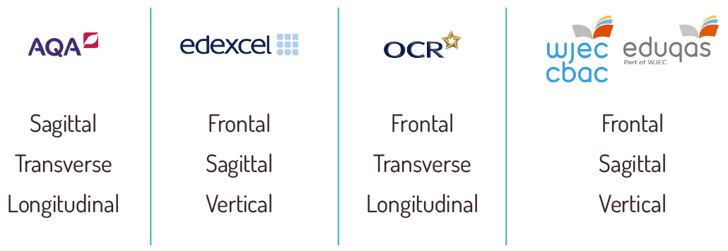
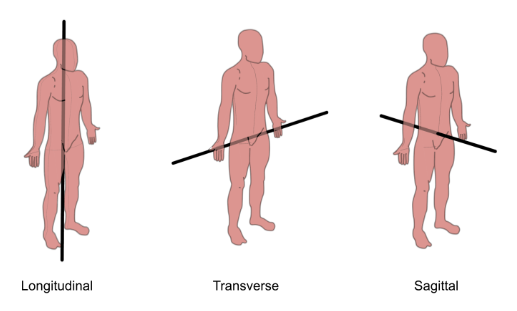
Since the introduction of mechanics as a compulsory theme of study in addition to movement analysis in GCSE and A-level PE, departments and teachers all over the UK have used jelly babies to teach axes as well as planes. The thinking goes that jelly babies can be skewered with cocktail sticks which, much like a football player, can be pivoted around the cocktail stick axis. On the face of it, this seems like a neat idea. It’s fun, it’s memorable and it involves jelly. What’s not to like? However, jelly babies as movement examples will always fail to generate the core intuition of axes because they have no joints, no moving parts and, therefore, should not be used as examples of rotational movement in place of a human being except for a very, very fundamental and generalised introduction (see below).
My blog title is, at best, a little unfair to anyone who has taught axes with jelly babies. It is a bit “clickbaity”. I agree. I do not aim to offend anyone but, rather, to make a point about how high-quality learning is actually stimulated. I encourage every teacher to make your teaching fun, to bring in some crazy activities from time to time but to do so when those activities actually represent the concepts being taught.
What is an axis?
Let’s start at the beginning: an axis is a point around which rotational movement can occur. Despite what we tend to teach in PE lessons, in the human body axes pass through joints. In fact, we can also state that axes pass through the fulcrum/pivot points of levers (use this idea to interleave learning to your levers lesson).
This statement above is going to annoy a few people. Almost the entire PE teaching sector teaches that the three principal axes pass through the navel. This is no surprise, as this is the taught content from all specifications in PE. But these axes are purely representative: they summarise movement rather than being the movement itself. They are used as generalisations to represent rotation. These principal axes represent other forms of movement at joints, none of which can be represented using jelly babies.
Let’s look at some examples.
Transverse axis
We’ll start with the transverse axis and use a sprinter for this example:

I want you to consider which joint(s) this runner is rotating around as they start their sprint.
The runner is rotating around a series of joints:
- Plantar flexion of the right ankle
- Dorsiflexion of the left ankle
- Extension of the right knee
- Flexion of the left knee
- Extension of the right hip
- Flexion of the left hip
- Extension of the left shoulder
- Flexion of the right shoulder
- Extension of the left elbow
- Flexion of the right elbow
And we could go on. But, please, realise that these rotations (all of which are movement in a part circle around a joint) are all rotations that can be summarised and generalised as rotation around the transverse axis. HOWEVER, not one of these movement patterns can be completed by a jelly baby.
Now we have this clear, take a look at the image below. It is this intuition that we want the learners to develop. Axes are multiple and always pass through joints. In this image, you can see the sprinter's right leg driving. This involves plantar flexion of the right ankle and extension of the right knee. The ankle rotates clockwise around the transverse axis to produce plantar flexion. The knee rotates anticlockwise around the transverse axis to produce extension. Students need to realise this. Simply saying sprinting is rotation around the (generalised) transverse axis is not intuitive. But if students understand that sprinting involves multiple rotations around multiple transverse axes at multiple joints, they will fully understand the need to generalise these actions. This is what I encourage you to consider: Teaching the concept fully and then generalising rather than teaching the generalised axes (let's say with jelly babies) and not giving the students the chance to intuitively understand the role of joints in rotation.
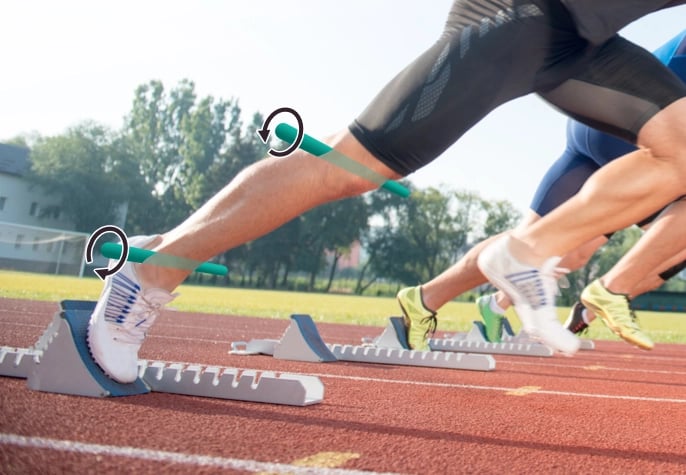
As an aside, I’d like to mention that some of my most memorable teaching moments have involved teaching rotation around the transverse axis when running. I will encourage you to experiment with this. Try the following:
- (With no-one watching) Stand sideways on to a full-length mirror and, with plenty of space around you, extend your elbow so your arm is straight and then swing your shoulder through 180 degrees from horizontally in front of you to horizontally behind you. Do this as fast as you can without causing damage. Notice the angular velocity of your arm.
- Now, do exactly the same thing but this time flex your elbow so that, if possible, your fingers are touching the front of your shoulder. Now swing your shoulder forwards and backwards as fast as you can. What do you notice about the angular velocity this time? It is way faster, right? And you probably look like a plonker!
- Repeat the same experiment with the leg by swinging at the hip with an extended knee and then with a flexed knee (you’ll need to hold your foot in your hand). You should notice that, with your knee flexed, the leg swings far faster and, if we apply this to sprinting, say, it suggests that a good heel flick will cause the recovery leg to return to the track and apply force sooner.
- Why do you think this? How can you apply it to teaching sprinting, for example? How can you apply it to other joints and other performances. How about front crawl arm recovery? How about a spin in ice skating?
- It happens because in the two examples with elbow and knee flexion one’s body mass is located more closely to the axis of rotation. We call this a reduction in the moment of inertia and this is inversely proportional to angular velocity. In other words, low moment of inertia, means a more rapid turning action.
- Now consider a student who understands this principle. How might this affect their sprinting technique or equivalent?
This video 👇, as you'll see, is a very quick demo of me performing the process above with my shoulder. I have presented this countless times at the front of classrooms and it is always a memorable moment, if you'll pardon the pun.
Longitudinal axis
Let’s now take the longitudinal axis and consider a skier rotating around a gate.
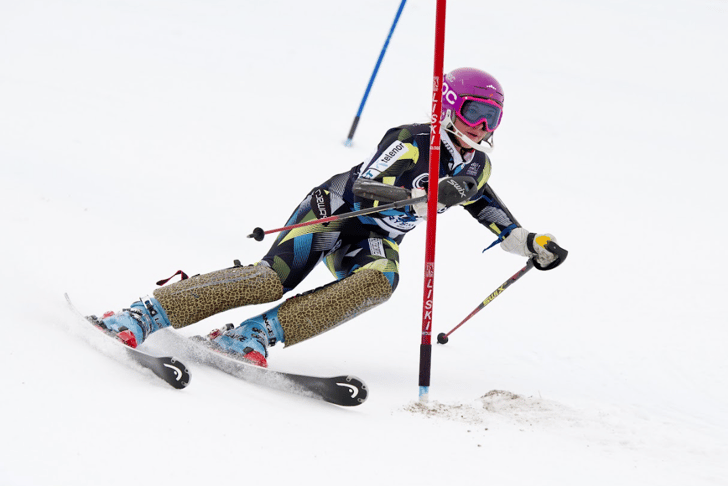
I want you to consider which joint(s) this skier is rotating around as they turn the gate.
The skier is rotating around a series of joints:
- Rotation around the spine
- Lateral flexion at the shoulders
- Rotation of the hip
All three of these movement patterns are rotations around the longitudinal axis and we use the longitudinal axis to summarise or generalise these movements as a whole. A jelly baby can perform not one of these movements. Hence, bin the babies!
Sagittal axis
We will use the classic example of a cartwheel but you could use a diving goalkeeper’s save or a range of dance moves:
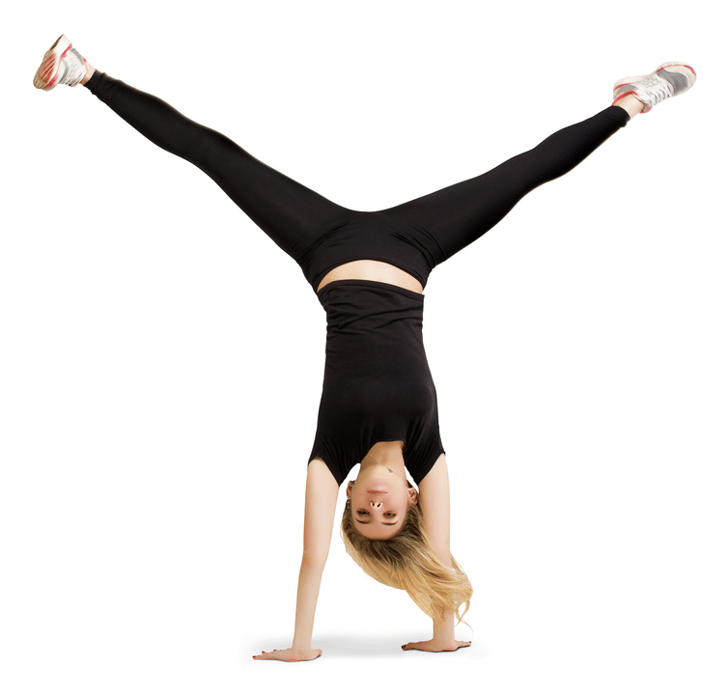
I want you to consider which joint(s) this performer is rotating around as they cartwheel.
The dancer is rotating around a series of joints:
- Abduction at the left shoulder
- Abduction at the right shoulder
- Abduction at the left hip
- Abduction at the right hip
In other words, the “rotation around the sagittal axis” is a summary of the following:
- Rotation around the sagittal axis of the left shoulder
- Rotation around the sagittal axis of the right shoulder
- Rotation around the sagittal axis of the left hip
- Rotation around the sagittal axis of the right hip
A jelly baby can never, ever represent this idea and, therefore, is not an appropriate or intuitive teaching tool. 🙁
By now, you’re probably annoyed with what I've written. You probably love that jelly babies lesson. I get it and, let’s be honest, you are doing no harm if the jelly babies come out and play a small part in a lesson on axes. What I am asking for is the teaching of the fundamental principle of axes alongside this or, better, as the majority experience when learning axes.
Thank you for reading and have a good day.
%20Text%20(Violet).png)
